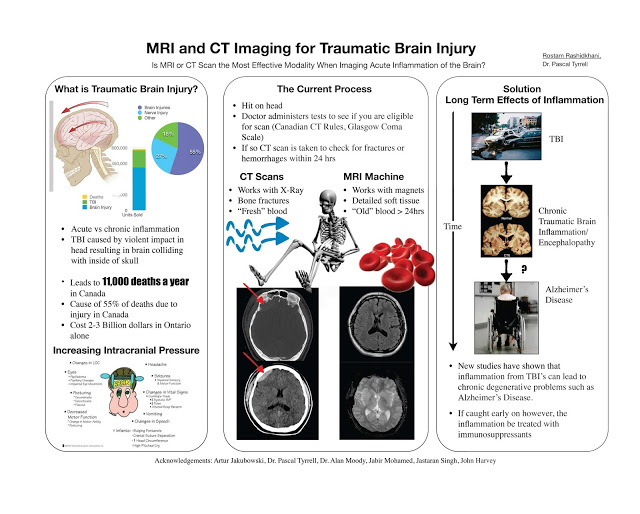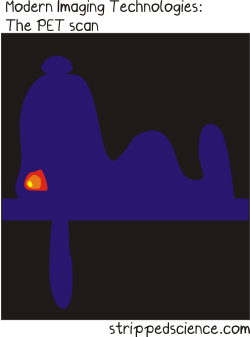 |
| Rostam Rashidkhani – YSP 2015 |
Rostam Rashidkhani is a grade 12 International Baccalaureate student at the Toronto French School and he was a Meds – Youth Summer Program student with me this summer.
Rostam is intrigued by the sciences and enjoys biology, chemistry, and physics in school. He has participated in a number of University of Toronto summer programs and is looking forward to University life!
This summer Rostam looked at what causes brain problems after traumatic brain injury and how best to detect these changes with MRI. Recent brain imaging studies, including those in former professional football players, indicate that persistent brain inflammation after a single moderate head injury or repeated milder traumatic brain injury may be very common, may contribute to cognitive problems. More importantly, the chronic brain inflammation related to traumatic brain injury may be treatable. Looking for chronic traumatic brain inflammation with followup MR may be a way to reduce cognitive impairment.
Well done, Rostam!
Enjoy the read and…
… see you in the blogosphere,
Pascal Tyrrell



